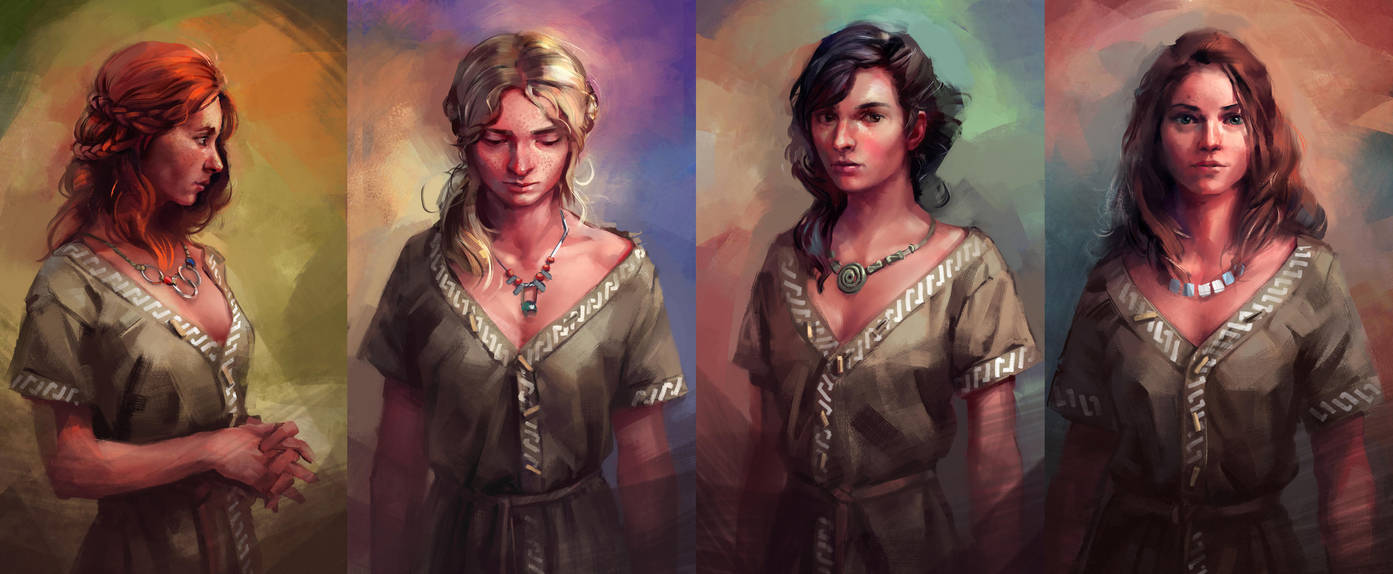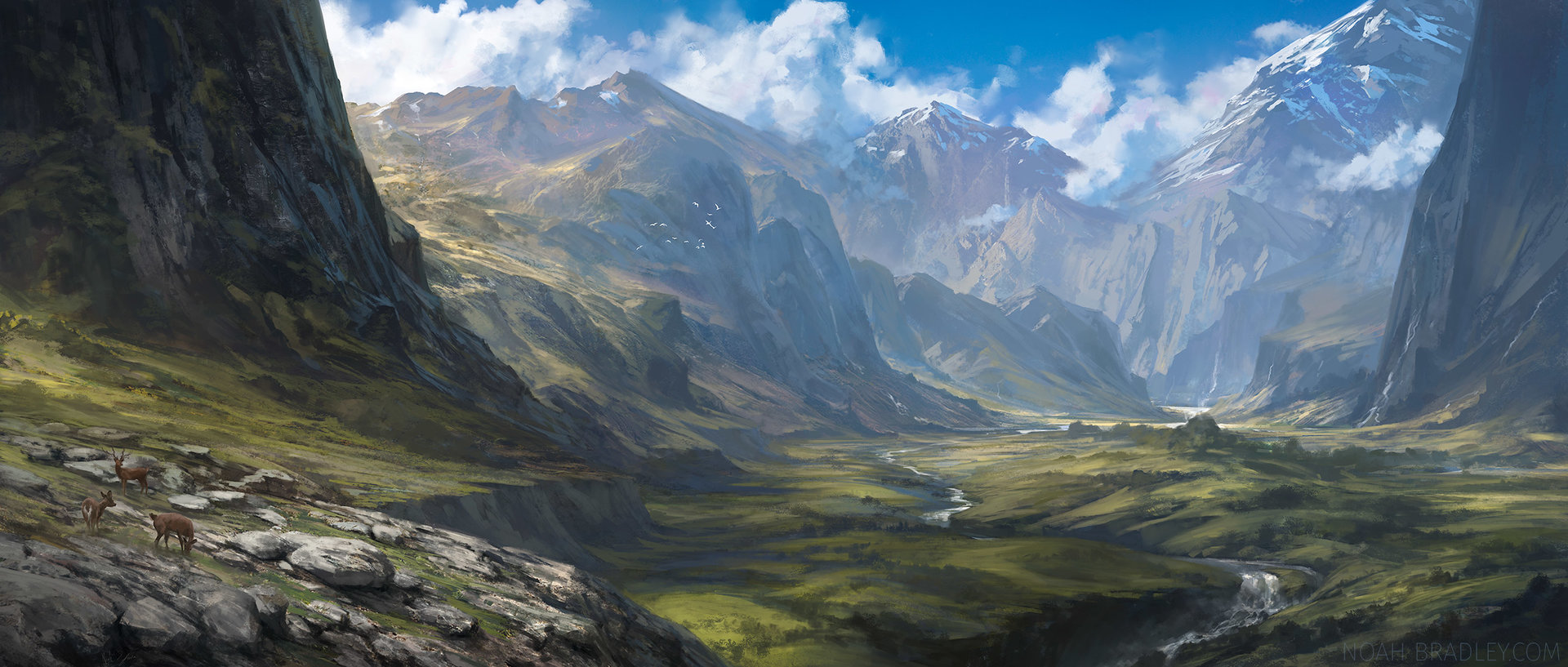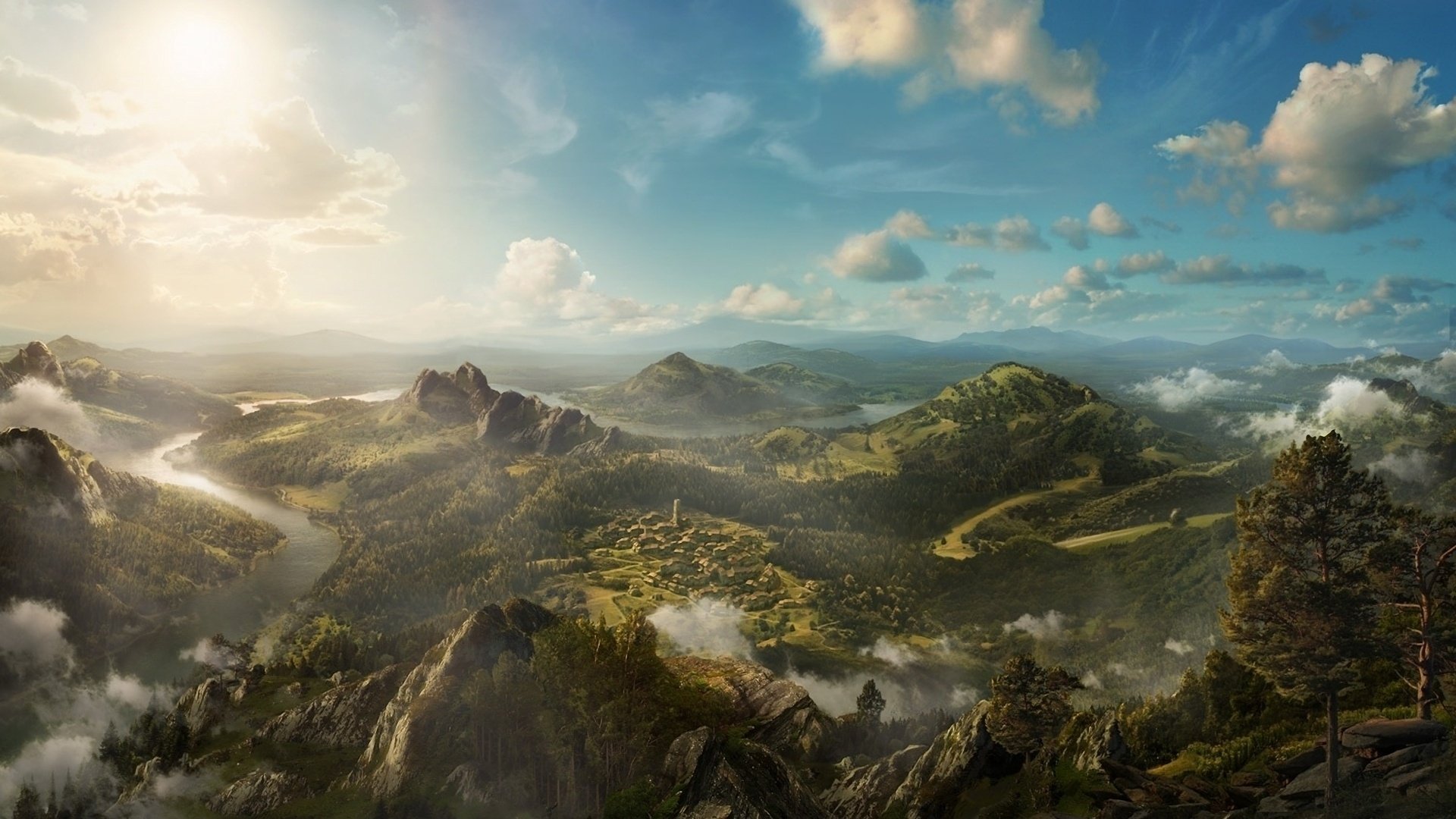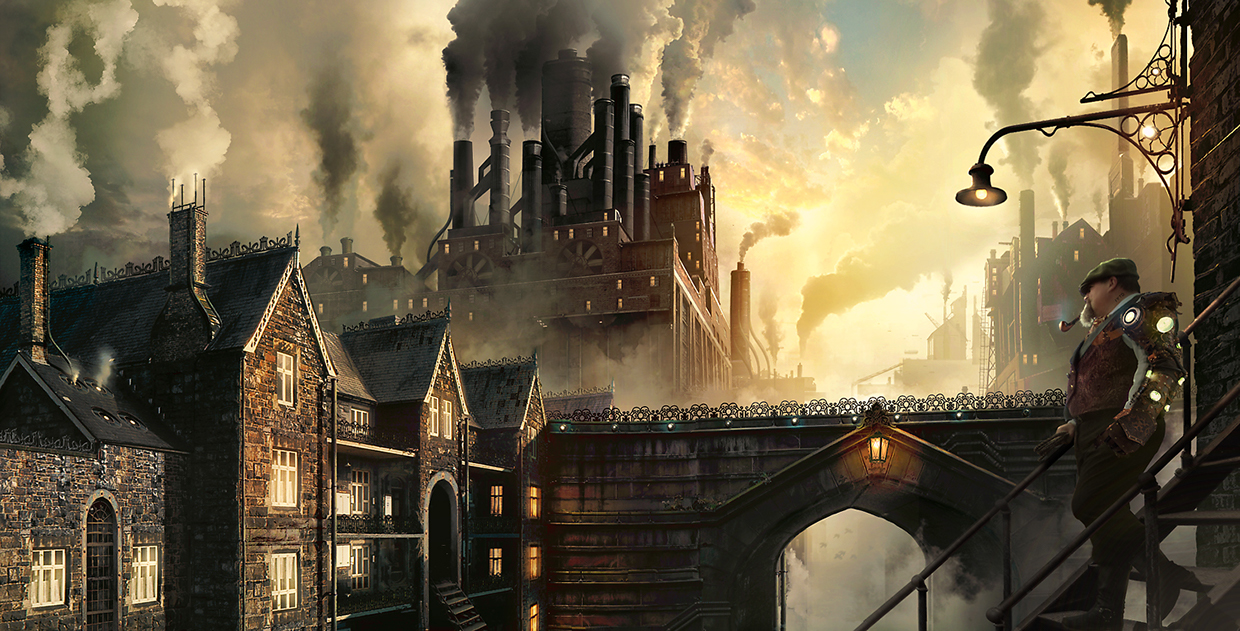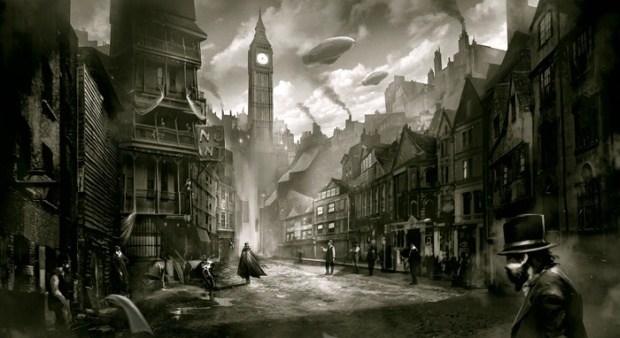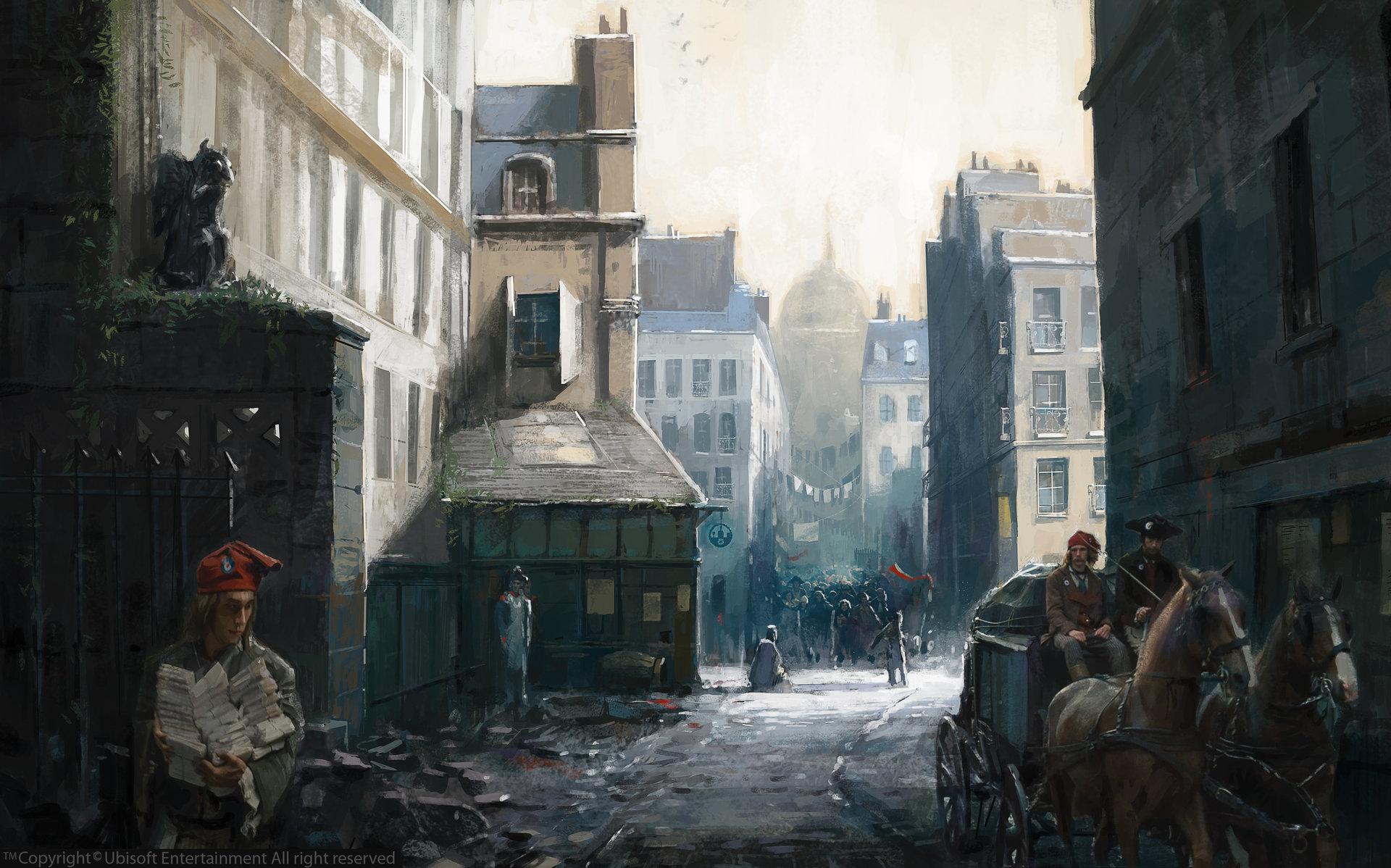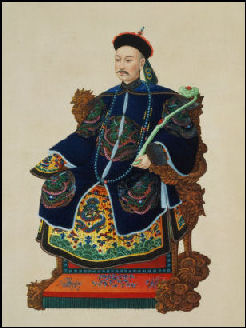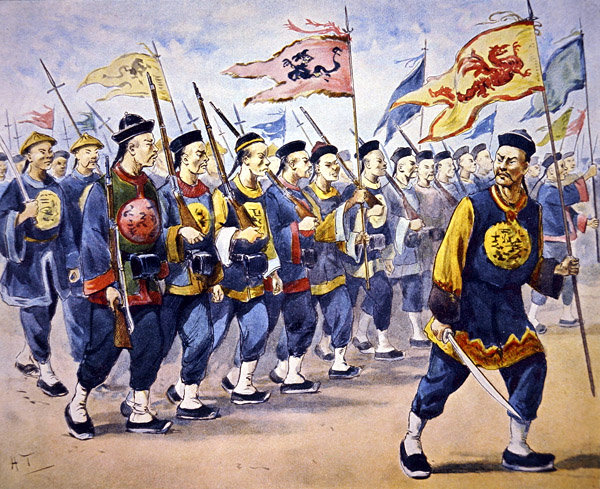This is the thread where completed, approved nation sheets and descriptions of individual characters will be posted.
---

---
Nation Name: The Imperial Yllendyr Sovereignty (commonly called the Imperium)
Flag:

Type of Government: Absolute Monarchy
Head(s) of Government: Olarth Vyalviur and Ecruir Vyalviur, age 60
Economy (Main imports, exports, industries, technology level, etc.): The economy of the Yllendyr is primarily based still around a guild/artisan system, though industrialization has become increasingly common for mass market, low-level consumer goods. Magic is particularly integrated into the guild system, and most guilds have a large number of experienced enchanters to increase the quality, durability and usefulness of items like luxury goods, weaponry and armour, and clothing. The elite of Yllendyr society typically shun mass-produced, industrial goods in favour of these artisans. Primary exports are these luxury goods, books and other literature, magical items and potions, coal, silver and grain. Primary imports are many types of machinery and components such as steel and cement.
Primary Species: Yllendyr (dark elves)
Population: 147 million
Citizens: ~118 million
Yllendyr: 111,000,000
Wood Elves: 3,500,000
Horned Elves: 1,500,000
High Elves: 1,000,000
Sun Elves: 500,000
Aurendar: 500,000
Harpies: 100,000
Dragons are present in negligible numbers for census purposes.
Non-Citizen Subjects: ~29 million
Humans: 17,000,000
Dwarves: 5,500,000
Orcs: 3,000,000
Valkyrians: 1,500,000
Vaspen: 1,000,000
Ogres: 500,000
Oni: 500,000
Culture: The Yllendyr culture emphasizes four main aspects: love of nature, love of magic, love of fellow Yllendyr, and the demonization and belittling of all that is foreign or destructive to those ideas. Aside from other elves which they treat with more respect, the Yllendyr are harshly elitist and discriminatory to other races, believing it as their natural right to hold dominion over them. As a result, martial culture is deeply ingrained in Yllendyr society, and major noble families compete over spots in the leadership of the Sentinels, the most prestigious of those institutions.
Religious and Other Beliefs: The Yllendyr are generally athiest, but they have a deep respect for the natural world, and believe that the spirits of their ancestors still inhabit the forests. They take care to offer thanks to their ancestors for every tree they chop down, and are cautious in this to avoid removing too many. There is also a minority religion centered around moon worship, the Disciples of Eluna.
Location/Territories: Northeastern peninsula on the largest continent in the old world, also has a colony just beginning to become developed on a part of the new world closest to their continent.
Climate: Primarily temperate with some cooler regions to the south, forested with sparse grasslands and hills.
Military: The Yllendyr Imperium maintains three general army divisions: first, the Imperial Sentinels, second, the Imperial Army, and thirdly, the Imperial Navy. The Imperial Sentinels are strictly Yllendyr-only, and typically three legions (20,000 men each) are stationed in each constituent nation of the Imperium. They are highly disciplined and highly equipped, with the finest rifles, armour and sabres made with care by the Armament Guild. The Imperial Army is much larger and widely varied, and the vast majority of each auxiliary legion (auxilia for short, 50,000 men each) is composed of subject peoples. A strict rule is in place which prohibits more than 20% of a legion in a constituent nation from being citizens of that nation, to cut down on potential rebelliousness. Each legion regardless typically consists of infantry, cavalry, and a dedicated artillery team which recently also includes machine gunners. High leadership for the Army is exclusively elf (meaning other elven citizens besides dark elves are allowed) but many officers come from subject peoples and are extensively rewarded for their loyalty. Imperial Auxilia are under the direct control of their Dominion administration. Finally, the Imperial Navy is the pride of the Yllendyr, boasting over two hundred of mostly ironclad ships armed with cannons and flamethrowers of varying sizes and classes.
Magic Prevalence/Usage: Near universal, but mostly used for cultural and economic purposes rather than as a tool of war. Liquid alignment.
History/Background Info: The Yllendyr Imperium traces its history back over nearly five thousand years, founded with the ancient kingdom of Ylleria from which the race takes its name. The Vyalviur dynasty which was founded there is said to have continued interrupted to this very day. However, the Yllendyr people were only finally unified just two hundred years ago under Vyalviur rule, spending most of the time in intense internecine conflict. The Vyalviur dynasty once unified the country a thousand years ago but only kept it together for thirty years before it fragmented again on the death of the conquering ruler. The major legacy of that time period is the Altairis Wall, built to protect incursions on Yllendyr territory by barbarous invaders from the south. This time period reinforced Yllendyr zenophobia and general disdain for foreigners. Under the newly unified Yllendyr Sovereignty, in 4677 the 70th Emperor advocated for conquest as the final solution to the threat of outsiders, so they could be kept under a watchful eye no longer to threaten the Yllendyr. A series of wars saw Yllendyr domains growing, but slowly, and their main rival in the West, the Vaspen Empire, kept them in check. However, rapid advancement in technology which far outstripped their neighbors led to the development of advanced firearms and later the first automatic weapon, the gatling gun. Using this new technology, the Yllendyr took themselves from a regional power to a global superpower, embarking on the Wars of Barbarian Subjugation in 4818. The Vaspen Empire slowly lost ground as the Yllendyr also used their navy to great effect in the subjugations of Endaria and the Fibor in 4827 and the Kitagawa Shogunate in 4832. The last two nations to fall were the Vershellen and the Vaspen, in 4840, and these regions have been under Yllendyr supervision ever since. Three nations, the Fibor, Tokushima, and Vershellen, were granted vassal state status as leniency for their swift surrenders and racial status, and the remainder were incorporated into the Imperium proper. An uneasy peace has persisted for the last sixty-one years under the watchful eye of the Securitariat, the Yllendyr secret police, whom maintain a large informant network across the provinces in pursuit of even the slightest whiffs of dissent. Still, unrest is inevitable, and with the sickness and incapacitation of the aging Naerzo Vyalviur the Conqueror, the political situation is as tense as it has been for forty years. The status of the succession will likely make or break the Imperium's hold over the civilized world.
Characters:
-Yllendyr Royal Family-
75th Emperor, Naerzo Vyalviur the Conqueror (deceased age 167, 2nd February 4901, natural causes)
- Crown Prince, Vomlur Vyalviur (deceased age 74, 2nd February 4901, assassination)
- 2nd Prince, Olarth Vyalviur: Self-proclaimed emperor. Age 60.
- 2nd Prince, Ecruir Vyalviur: Self-proclaimed emperor. Age 60.
- 4th Prince, Filadi Vyalviur (deceased age 32, 2nd February 4901, executed by Ecruir)
- 5th Prince, Nidrak Vyalviur: In hiding, location unknown. Age 16.
Imperial Conclave of Advisors
- Ludrami Diesriniel, Minister of War. Veteran of campaign to quash rebellions, appointed by Ecruir
-Squad 6, 27th Imperial Auxiliary Legion-
Lunastri "Luna": Lieutenant of Squad 6. Has no last name, as an orphan of unconfirmed family.
---

---
Nation Name: The Imperial Yllendyr Sovereignty (commonly called the Imperium)
Flag:

Type of Government: Absolute Monarchy
Head(s) of Government: Olarth Vyalviur and Ecruir Vyalviur, age 60
Economy (Main imports, exports, industries, technology level, etc.): The economy of the Yllendyr is primarily based still around a guild/artisan system, though industrialization has become increasingly common for mass market, low-level consumer goods. Magic is particularly integrated into the guild system, and most guilds have a large number of experienced enchanters to increase the quality, durability and usefulness of items like luxury goods, weaponry and armour, and clothing. The elite of Yllendyr society typically shun mass-produced, industrial goods in favour of these artisans. Primary exports are these luxury goods, books and other literature, magical items and potions, coal, silver and grain. Primary imports are many types of machinery and components such as steel and cement.
Primary Species: Yllendyr (dark elves)
Population: 147 million
Citizens: ~118 million
Yllendyr: 111,000,000
Wood Elves: 3,500,000
Horned Elves: 1,500,000
High Elves: 1,000,000
Sun Elves: 500,000
Aurendar: 500,000
Harpies: 100,000
Dragons are present in negligible numbers for census purposes.
Non-Citizen Subjects: ~29 million
Humans: 17,000,000
Dwarves: 5,500,000
Orcs: 3,000,000
Valkyrians: 1,500,000
Vaspen: 1,000,000
Ogres: 500,000
Oni: 500,000
Culture: The Yllendyr culture emphasizes four main aspects: love of nature, love of magic, love of fellow Yllendyr, and the demonization and belittling of all that is foreign or destructive to those ideas. Aside from other elves which they treat with more respect, the Yllendyr are harshly elitist and discriminatory to other races, believing it as their natural right to hold dominion over them. As a result, martial culture is deeply ingrained in Yllendyr society, and major noble families compete over spots in the leadership of the Sentinels, the most prestigious of those institutions.
Religious and Other Beliefs: The Yllendyr are generally athiest, but they have a deep respect for the natural world, and believe that the spirits of their ancestors still inhabit the forests. They take care to offer thanks to their ancestors for every tree they chop down, and are cautious in this to avoid removing too many. There is also a minority religion centered around moon worship, the Disciples of Eluna.
Location/Territories: Northeastern peninsula on the largest continent in the old world, also has a colony just beginning to become developed on a part of the new world closest to their continent.
Climate: Primarily temperate with some cooler regions to the south, forested with sparse grasslands and hills.
Military: The Yllendyr Imperium maintains three general army divisions: first, the Imperial Sentinels, second, the Imperial Army, and thirdly, the Imperial Navy. The Imperial Sentinels are strictly Yllendyr-only, and typically three legions (20,000 men each) are stationed in each constituent nation of the Imperium. They are highly disciplined and highly equipped, with the finest rifles, armour and sabres made with care by the Armament Guild. The Imperial Army is much larger and widely varied, and the vast majority of each auxiliary legion (auxilia for short, 50,000 men each) is composed of subject peoples. A strict rule is in place which prohibits more than 20% of a legion in a constituent nation from being citizens of that nation, to cut down on potential rebelliousness. Each legion regardless typically consists of infantry, cavalry, and a dedicated artillery team which recently also includes machine gunners. High leadership for the Army is exclusively elf (meaning other elven citizens besides dark elves are allowed) but many officers come from subject peoples and are extensively rewarded for their loyalty. Imperial Auxilia are under the direct control of their Dominion administration. Finally, the Imperial Navy is the pride of the Yllendyr, boasting over two hundred of mostly ironclad ships armed with cannons and flamethrowers of varying sizes and classes.
Magic Prevalence/Usage: Near universal, but mostly used for cultural and economic purposes rather than as a tool of war. Liquid alignment.
History/Background Info: The Yllendyr Imperium traces its history back over nearly five thousand years, founded with the ancient kingdom of Ylleria from which the race takes its name. The Vyalviur dynasty which was founded there is said to have continued interrupted to this very day. However, the Yllendyr people were only finally unified just two hundred years ago under Vyalviur rule, spending most of the time in intense internecine conflict. The Vyalviur dynasty once unified the country a thousand years ago but only kept it together for thirty years before it fragmented again on the death of the conquering ruler. The major legacy of that time period is the Altairis Wall, built to protect incursions on Yllendyr territory by barbarous invaders from the south. This time period reinforced Yllendyr zenophobia and general disdain for foreigners. Under the newly unified Yllendyr Sovereignty, in 4677 the 70th Emperor advocated for conquest as the final solution to the threat of outsiders, so they could be kept under a watchful eye no longer to threaten the Yllendyr. A series of wars saw Yllendyr domains growing, but slowly, and their main rival in the West, the Vaspen Empire, kept them in check. However, rapid advancement in technology which far outstripped their neighbors led to the development of advanced firearms and later the first automatic weapon, the gatling gun. Using this new technology, the Yllendyr took themselves from a regional power to a global superpower, embarking on the Wars of Barbarian Subjugation in 4818. The Vaspen Empire slowly lost ground as the Yllendyr also used their navy to great effect in the subjugations of Endaria and the Fibor in 4827 and the Kitagawa Shogunate in 4832. The last two nations to fall were the Vershellen and the Vaspen, in 4840, and these regions have been under Yllendyr supervision ever since. Three nations, the Fibor, Tokushima, and Vershellen, were granted vassal state status as leniency for their swift surrenders and racial status, and the remainder were incorporated into the Imperium proper. An uneasy peace has persisted for the last sixty-one years under the watchful eye of the Securitariat, the Yllendyr secret police, whom maintain a large informant network across the provinces in pursuit of even the slightest whiffs of dissent. Still, unrest is inevitable, and with the sickness and incapacitation of the aging Naerzo Vyalviur the Conqueror, the political situation is as tense as it has been for forty years. The status of the succession will likely make or break the Imperium's hold over the civilized world.
Characters:
-Yllendyr Royal Family-
75th Emperor, Naerzo Vyalviur the Conqueror (deceased age 167, 2nd February 4901, natural causes)
- Crown Prince, Vomlur Vyalviur (deceased age 74, 2nd February 4901, assassination)
- 2nd Prince, Olarth Vyalviur: Self-proclaimed emperor. Age 60.
- 2nd Prince, Ecruir Vyalviur: Self-proclaimed emperor. Age 60.
- 4th Prince, Filadi Vyalviur (deceased age 32, 2nd February 4901, executed by Ecruir)
- 5th Prince, Nidrak Vyalviur: In hiding, location unknown. Age 16.
Imperial Conclave of Advisors
- Ludrami Diesriniel, Minister of War. Veteran of campaign to quash rebellions, appointed by Ecruir
-Squad 6, 27th Imperial Auxiliary Legion-
Lunastri "Luna": Lieutenant of Squad 6. Has no last name, as an orphan of unconfirmed family.




